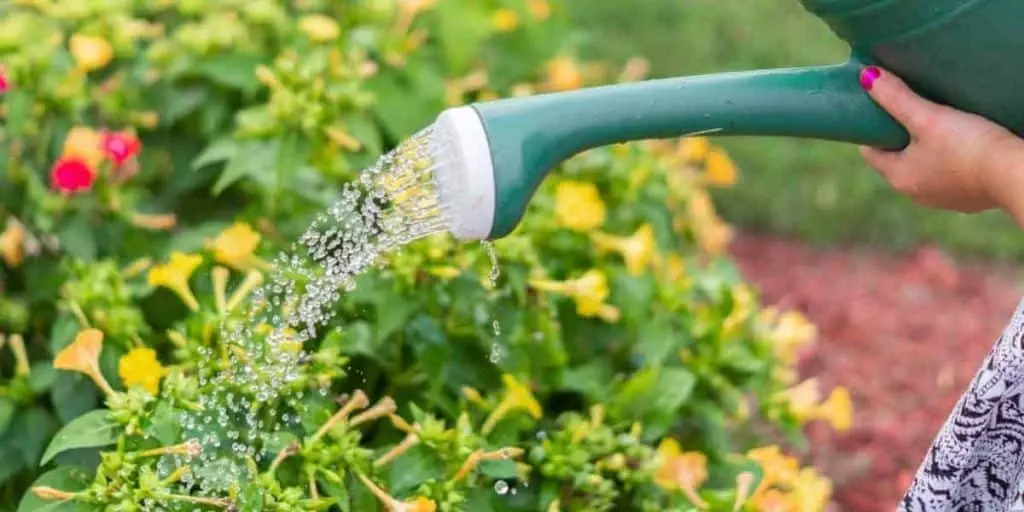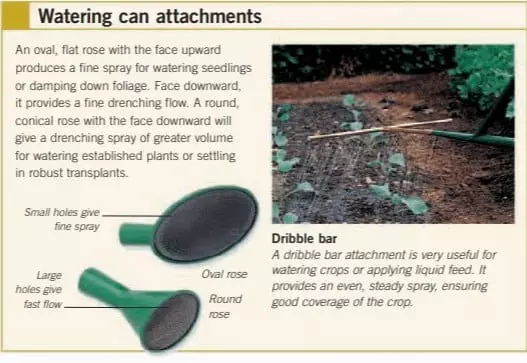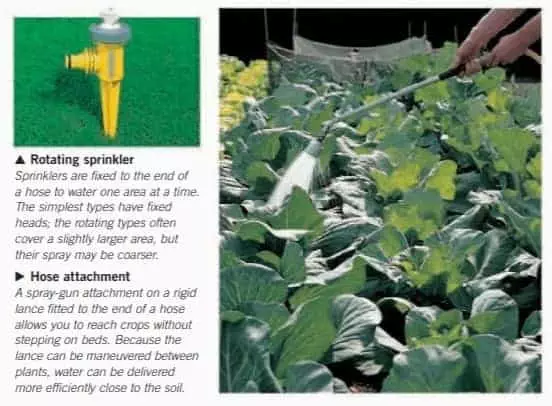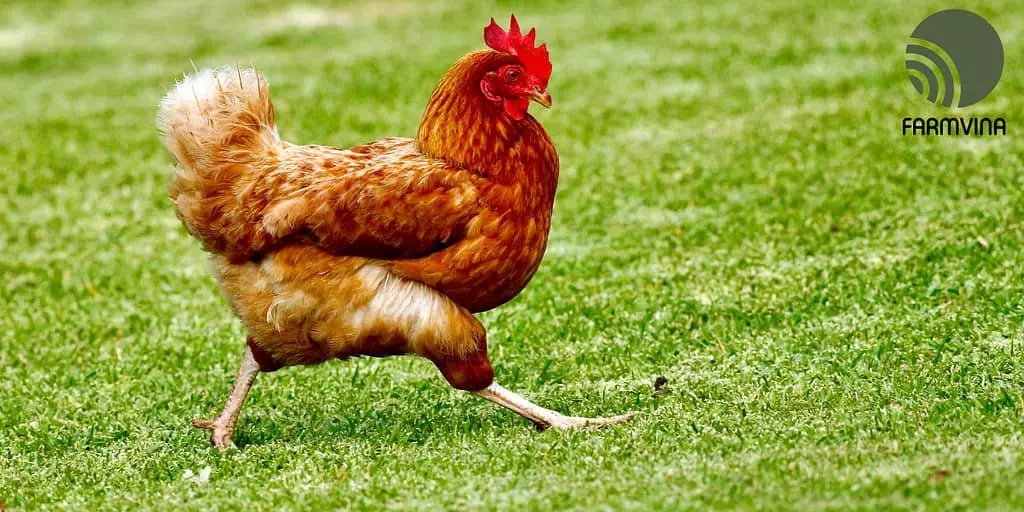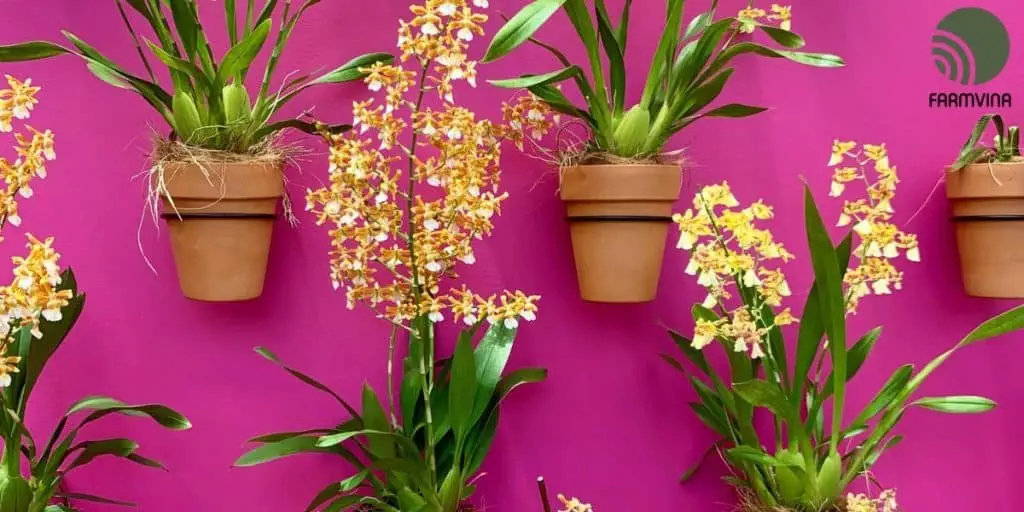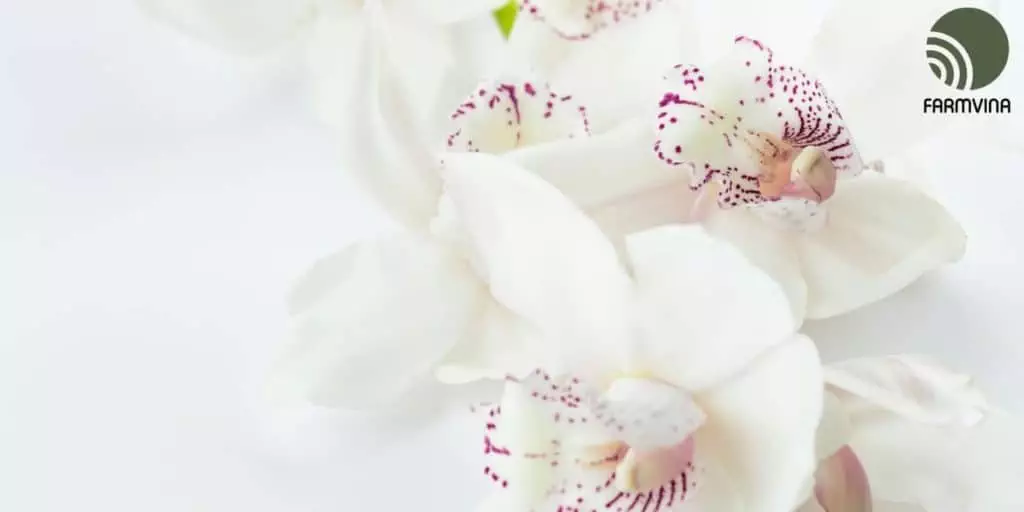Watering and Irrigation 101
Good growth and yields depend on continuous adequate supplies of water. This is much influenced by the soil type and condition. Clay soils hold more water than sandy ones, because there are more spaces in the soil to hold it, but plants are able to extract water from sandy soils more easily, because the spaces are larger. Today, let’s learn about watering and irrigation for your vegetable garden.
The water-holding capacity of any soil is improved by the addition of organic matter, and water retention by the use of mulches.
The best source of water is rain, but due to seasonal fluctuations in rainfall and high temperatures in summer, soils often become dry during periods of crucial plant growth, and added water from stored sources or the water main is needed. Many garden centers stock a good choice of watering and irrigation equipment for this purpose.
Learn weed control HERE!
WATERING CROPS
Water thoroughly, so that the amount applied is absorbed down to a useful depth. This can be achieved by gentle and repeated applications of a fine, rain-like spray or continuous droplets applied around the base of plants. High-pressure or rapid, swamping applications lead to the water running off, resulting in waste and in erosion of the soil around roots.
As a very general guide to application rate, whether by watering can, spray gun, or sprinkler, aim at not less than 21⁄2 gallons per square yard (10 liters per square meter).
A good way of ensuring that water benefits the crop is to make mini reservoirs around widely spaced plants or along planted rows such as peas and beans: pull the soil into shallow walls to form basins or troughs.
Similarly useful are plastic pots—or cut-down plastic bottles—sunk up to their rims close to individual plants such as tomatoes.
WATERING CANS
The most common way of watering is with a plastic or galvanized watering can. Models with a long spout are most useful, and they can be equipped with various interchangeable roses, which are normally made of brass.
Round roses have large holes, ideal for settling in newly planted crops or heavy watering of established crops on a well-structured soil. Oval roses with smaller holes deliver a fine spray of water onto tender plants or newly sown areas.
Large droplets can be gently applied with a dribble bar fitted to the spout of the watering can (see above). This is most usually used for applying liquid feed, or weedkiller for which a separate, marked can and bar will be needed.
SPRAY GUNS AND SPRINKLERS
A handheld spray gun attached to a hose supply can provide the same distribution effects as a watering can. Spray guns may or may not have a solid lance to which the head is fitted. The flow and pattern of water can be adjusted by turning controls at the spray head, and with some models the flow can be locked on manually. Low-level sprinklers, fed from a hose attachment, can also be used.
Some models have heads that move under water pressure to the flow, but for the kitchen garden the cheaper models made with a pushin spike are adequate. Sprinklers have the advantage of watering unattended—but it is essential to check them frequently to ensure that the pressure and distribution of flow are not causing flooding.
Even sprinklers with moving heads can distribute water unevenly, so do check regularly and move them when necessary.
LOW-LEVEL IRRIGATION SYSTEMS
A range of low-level watering systems made from plastic or rubber are available. They are an excellent choice for effective distribution in the kitchen garden, ensuring that water is delivered close to the plants, in readily absorbed quantities and with a minimum of wastage.
The simplest form is a thin-walled plastic tube, which lies flat and is connected to a water supply. It emits thin arching sprays of water from pin holes 12–20in (30–50cm) apart. Other useful types are soaker hoses, which are small-diameter tubes.
These may be made from heavy-gauge flexible plastic, and manufactured by stitching the edges in a continuous line: water seeps from the stitched seam to provide a band of water along a crop row. A variation on this is small-bore tubing of 1⁄2–1in (1–2.5cm) diameter formed from porous rubber, or sometimes plastic, from which water weeps in small droplets. Both of these flexible systems work with very low water pressure.
They are prone to blockage over time, however, so regular maintenance is advisable; squeezing, rolling, or otherwise flexing the pipe along its entire length and then flushing it through with a strong flow of water should clear any buildup.
Thick-walled rigid plastic pipe systems of 1⁄2–1in (1–2.5cm) diameter are available for somewhat more permanent placement, and these come with different distribution heads. Some have mini-sprinkler attachments at regular intervals.
Others, called drip hoses, have short, flexible, drip lines of a smaller bore pierced into the feeder line, with each drip supported on a small plastic pin holder; metal or plastic trickle nozzles form another system, and both of these can deliver water right to the base of individual plants.
Check the output of all of these irrigation systems regularly, at each station where appropriate, to ensure that no plants are deprived because of blocked outlets; dig down with a trowel near plants to ensure that water has penetrated to a useful depth. Fit a timed switching device to the main supply line for maximum efficiency.

USING WATER WISELY
Whatever watering and irrigation systems you use, remember that water is a valuable resource: use it effectively and economically. Priorities for irrigation are newly established plants and all fruits that are beginning to swell, such as strawberries, raspberries, peas, and beans, as well as leafy summer vegetables such as lettuce, and bulking potato tubers.
Water at the start or end of a day; in the middle of the day, much will be wasted in evaporation. Collect rainwater wherever possible; rain barrels are soon emptied, but are worthwhile. Household waste water, or gray water, usually contains residues that are best not used on edible crops, and should be reserved for watering woody ornamental plants.
Keep an eye on the weather and the state of the soil, so that you can predict when plants are likely to be stressed due to inadequate water, and top off supplies before your crops show the obvious visual symptom, which is wilting.
Originally posted 2020-08-02 17:23:54.
